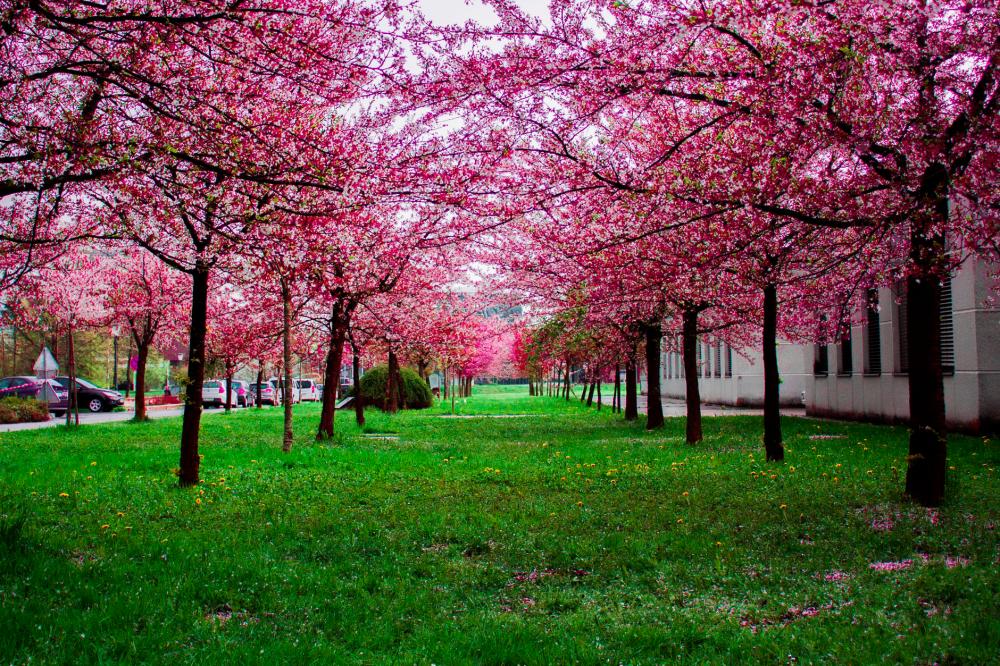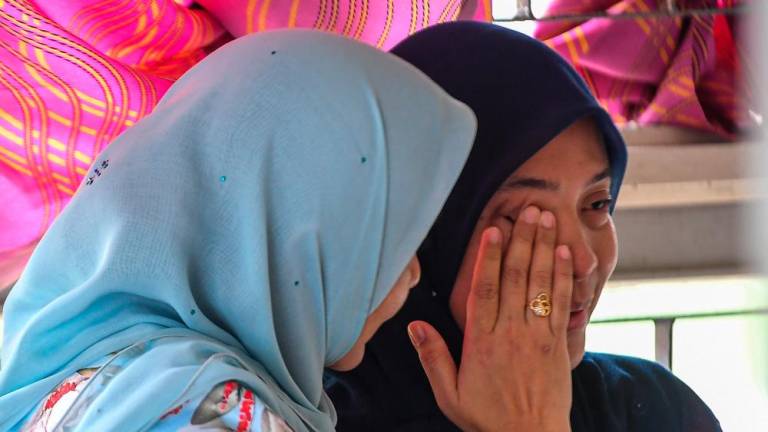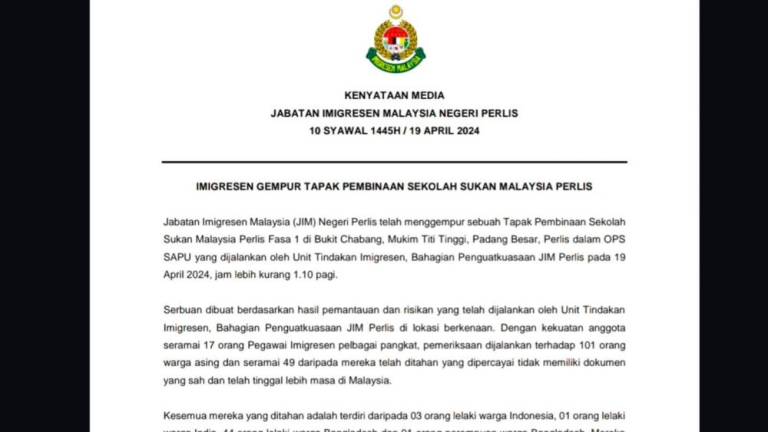KUALA LUMPUR: Prolonged drought and minimum daily temperature are the factors that trigger intermittent mass flowering in the country, according to a Forest Research Institute Malaysia (FRIM) study.
FRIM director-general, Dr Ismail Parlan, said the FRIM field research station (SPF) in the Pasoh Forest Reserve, Negeri Sembilan has been studying flowering cycles since 2001 under a seed and seedling distribution monitoring project.
He said the study was with the Smithsonian Forest Global Earth Observatory (ForestGEO) in the US and National Dong Hwa University (NDHU) in Taiwan.
“The study showed the phenomenon occurred irregularly, between one to 10 years, and was recorded in 2002, 2005, 2009, 2010, 2012, 2014 and 2019.
“There is a hypothesis that the phenomenon is a strategy by the plants to maximise the survival rate of seedlings,” Ismail said in a statement.
He added that trees bloom abundantly at irregular intervals of two to 10 years, but the flowering cycle of dipterocarps is five to seven years.
Ismail said profuse blooming in Southeast Asia led to over 80 per cent of the canopy being covered in fruit and over 50 per cent for a mature tree that may flower over three or four months.
Meanwhile, Perlis’s SPF Mata Ayer manager, Ahmad Fauzi Mohd Shariff, said that in February 2017 mass flowering occurred among the Shorea roxburghii (dipterocarp species) in northern Kedah and Dipterocarpus rigidus seeds were collected.
Aside from this, the Parashorea sp (dipterocarp species) at the Chalok Forestry Training Centre, Terengganu bore a lot of fruit and seeds were collected in April for germination at SPF Mata Ayer.
This year, mass flowering was followed by mass fruiting for 50 - 60 per cent of the dipterocarps at the FRIM campus in Kepong, Kuala Lumpur and the seeds were collected by FRIM’s Seed Technology Laboratory for cultivation.
FRIM’s research into the phenomenon was presented at the second Greening Malaysia Campaign webinar series themed ‘Mass Flowering of the Malaysian Rainforest: Capitalising on the Event for Mass Production of Planting Materials’ on July 30.
Co-organised with the Ministry of Energy and Natural Resources (KeTSA) and The Habitat Foundation, it saw the participation of almost 1,200 people from countries like Thailand, the Philippines, Indonesia, Japan and Australia, and was followed by 3,058 people on Facebook Live. -Bernama













